NEW
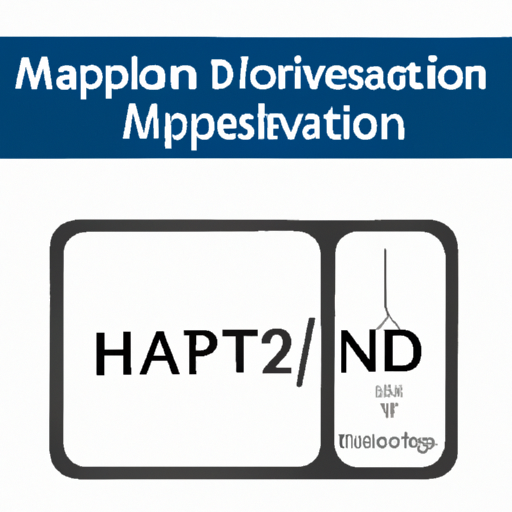
Application Development in Thyristors for MM74HC244N: Key Technologies and Success StoriesThe MM74HC244N is a high-speed CMOS octal buffer/driver with 3-state outputs, primarily used in digital circuits for signal buffering and driving applications. While it does not directly relate to thyristors, the integration of thyristors with digital logic devices like the MM74HC244N can lead to innovative solutions in power control and management. Below, we explore key technologies and success stories that highlight the synergy between thyristors and digital logic.
Key Technologies1. Thyristor Fundamentals2. Digital Control of Thyristors3. Phase Control Techniques4. Solid-State Relay (SSR) Applications5. Overvoltage Protection Systems6. Smart Grid Technologies1. Industrial Motor Control2. Advanced Lighting Control Systems3. Renewable Energy Inverters4. High Voltage Direct Current (HVDC) Transmission5. Consumer Electronics Power Management Success Stories ConclusionThe integration of thyristors with digital logic devices like the MM74HC244N has led to significant advancements in power control and management across various industries. By leveraging the strengths of both technologies, engineers can design efficient, reliable, and intelligent systems that meet the demands of modern applications. As technology continues to evolve, the synergy between thyristors and digital logic will likely lead to even more innovative solutions, driving progress in energy efficiency, automation, and smart technologies.
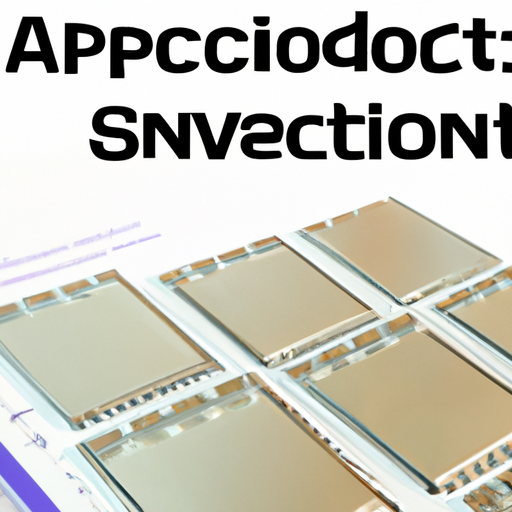
Application Development in Circuit Protection Accessories for CFR-50JB-52-10R: Key Technologies and Success StoriesDeveloping applications for circuit protection accessories, such as the CFR-50JB-52-10R, requires a deep understanding of key technologies and successful implementations across various industries. Below is an overview of these technologies and notable success stories that illustrate their impact.
Key Technologies1. Thermal Management2. Overcurrent Protection3. Surge Protection4. Smart Technology Integration5. Miniaturization6. Compliance and Standards1. Automotive Industry2. Consumer Electronics3. Renewable Energy4. Industrial Automation5. Telecommunications Success Stories ConclusionThe development of circuit protection accessories like the CFR-50JB-52-10R is driven by advancements in technology and the need for enhanced safety and reliability across various industries. By leveraging smart technologies, miniaturization, and compliance with standards, manufacturers can create innovative solutions that address the evolving challenges in circuit protection. The success stories across automotive, consumer electronics, renewable energy, industrial automation, and telecommunications underscore the critical role these technologies play in real-world applications, paving the way for future innovations in circuit protection.
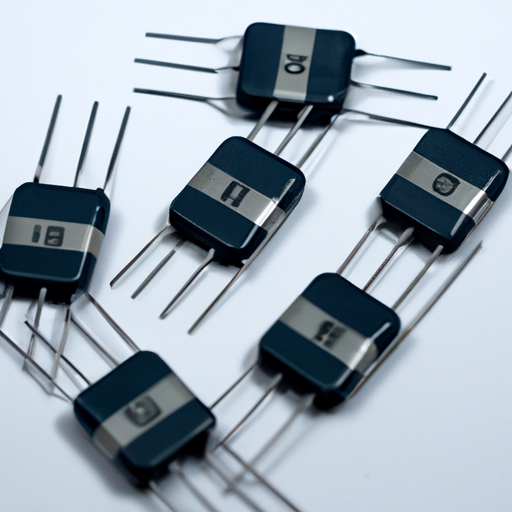
Overview of TVS DiodesTransient Voltage Suppressor (TVS) Diodes are critical components in electronic circuits, designed to protect sensitive devices from voltage spikes that can occur due to various transient events, such as electrostatic discharge (ESD), lightning strikes, and power surges. Their primary function is to clamp excessive voltage to a safe level, ensuring the integrity and longevity of electronic systems across diverse applications, including consumer electronics, automotive systems, telecommunications, and industrial equipment.
Core Functional Technology of TVS Diodes1. Working Principle2. Types of TVS Diodes3. Key Parameters1. Consumer Electronics2. Automotive Systems3. Telecommunications4. Industrial Automation5. LED Lighting Application Development Cases ConclusionTVS diodes, such as the ECQ-P1H153GZ, are indispensable in modern electronic design, providing essential protection against transient voltage events. Their rapid response and effectiveness make them crucial in a wide range of applications, from consumer electronics to industrial systems. As technology continues to advance, the demand for robust protection solutions like TVS diodes will only grow, driving further innovation in this vital field. By integrating TVS diodes into electronic designs, engineers can enhance the reliability and durability of their products, ultimately leading to improved performance and customer satisfaction.

Application Development in Circuit Breakers for ECQ-P1H333GZ: Key Technologies and Success StoriesThe development of applications for circuit breakers, particularly the ECQ-P1H333GZ model, is a dynamic field that integrates cutting-edge technologies to improve performance, reliability, and user experience. Below is an overview of the key technologies involved and notable success stories that highlight the impact of these innovations.
Key Technologies1. Smart Grid Integration2. Advanced Sensing Technologies3. Digital Control Systems4. User Interface (UI) and User Experience (UX) Design5. Cybersecurity Measures1. Smart Home Integration2. Industrial Automation3. Energy Management Systems4. Remote Monitoring Solutions5. Enhanced Safety Features Success Stories ConclusionThe application development for circuit breakers like the ECQ-P1H333GZ is rapidly evolving, driven by technological advancements and the growing demand for smart, efficient, and reliable electrical systems. By leveraging IoT, data analytics, and user-friendly interfaces, developers can create innovative solutions that enhance the functionality and safety of circuit breakers, leading to successful implementations across various sectors. As the industry continues to innovate, the potential for improved energy management, safety, and user engagement will only increase, paving the way for a more connected and efficient future.
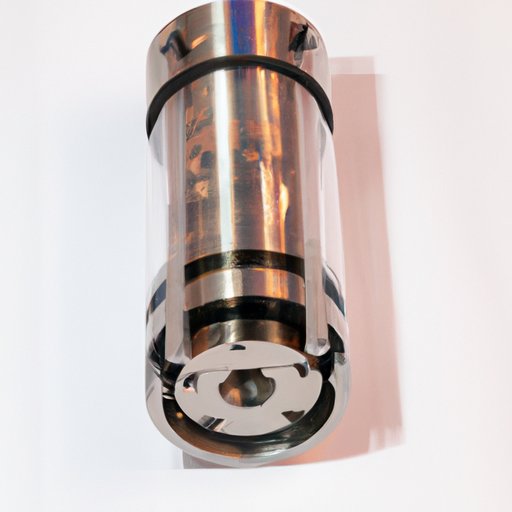
C3AAG-4006G Gas Discharge Tube Arresters (GDT): Core Functional Technology and Application Development CasesGas Discharge Tube Arresters (GDTs) are critical components in surge protection devices, designed to shield sensitive electronic equipment from voltage spikes caused by lightning strikes, power surges, and other transient overvoltages. The C3AAG-4006G model exemplifies the core functional technology and diverse applications of GDTs. Below, we explore the essential aspects of GDT technology and notable application development cases.
Core Functional Technology of GDTs1. Basic Operation2. Voltage Rating3. Response Time4. High Surge Current Capacity5. Longevity and Reliability6. Low Leakage Current1. Telecommunications2. Power Distribution Systems3. Consumer Electronics4. Industrial Automation5. Renewable Energy Systems6. Automotive Applications Application Development Cases ConclusionThe C3AAG-4006G Gas Discharge Tube Arrester exemplifies the advanced technology and versatility of GDTs across various applications. Their ability to protect sensitive electronic equipment from transient overvoltages makes them indispensable in telecommunications, power distribution, consumer electronics, industrial automation, renewable energy, and automotive sectors. As technology continues to evolve, the role of GDTs in safeguarding electronic systems will remain crucial, driving further innovation and application development in surge protection solutions. The ongoing advancements in GDT technology will likely lead to even more effective and efficient protective measures in the future.
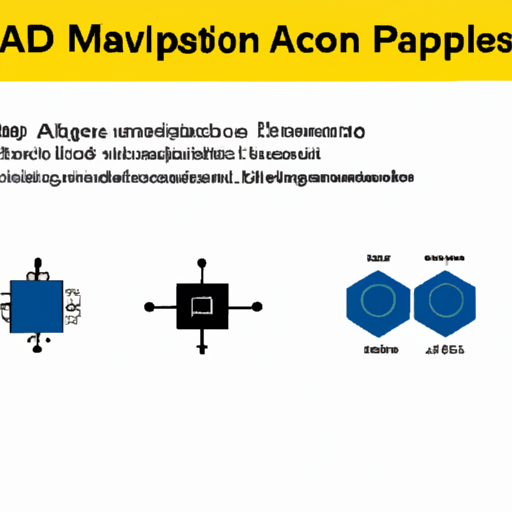
Application Development in Varistors and MOVs for C3AAG-4018G: Key Technologies and Success StoriesVaristors and Metal Oxide Varistors (MOVs) are essential components in the realm of surge protection and voltage clamping, safeguarding electronic devices from transient voltage spikes. The C3AAG-4018G is a specific part number that likely refers to a type of varistor or MOV utilized in various applications. Below, we explore key technologies and notable success stories associated with the development and application of varistors and MOVs.
Key Technologies1. Voltage Clamping Technology2. Material Science3. Thermal Management4. Miniaturization5. Smart Protection Solutions6. Automated Testing and Quality Control1. Telecommunications2. Consumer Electronics3. Renewable Energy Systems4. Automotive Applications5. Industrial Automation Success Stories ConclusionThe development and application of varistors and MOVs, such as the C3AAG-4018G, have been propelled by advancements in materials science, thermal management, and smart technologies. Their successful integration across various industries—including telecommunications, consumer electronics, renewable energy, automotive, and industrial automation—underscores their critical role in protecting electronic systems from voltage transients and ensuring operational reliability. As technology continues to advance, the significance of varistors and MOVs is expected to grow, paving the way for innovative applications and solutions in the future.
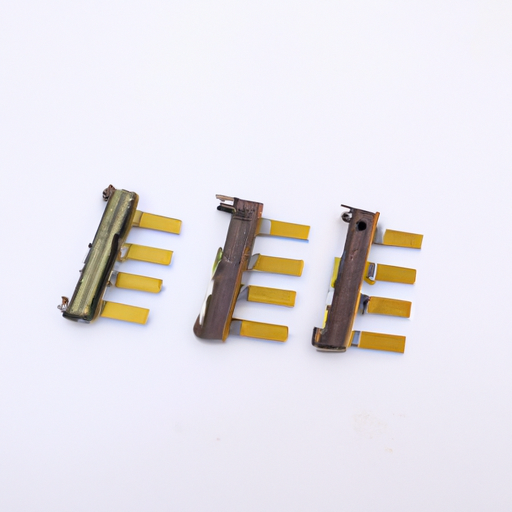
Fuseholders: Core Functional Technologies and Application Development CasesFuseholders are essential components in electrical systems, providing a secure and reliable means of holding fuses in place while ensuring safe operation. They protect electrical circuits from overloads and short circuits, allowing for easy fuse replacement when necessary. Below, we explore the core functional technologies of fuseholders and highlight various application development cases that demonstrate their effectiveness.
Core Functional Technologies of Fuseholders1. Material Composition2. Design Variations3. Safety Features4. Environmental Resistance5. Ease of Use1. Automotive Applications2. Industrial Machinery3. Consumer Electronics4. Renewable Energy Systems5. Telecommunications Application Development Cases ConclusionFuseholders are integral to the safety and reliability of electrical systems across various applications. Their design and technology continue to evolve, focusing on enhancing safety, ease of use, and environmental resilience. As industries increasingly rely on complex electrical systems, the importance of effective fuseholders will only grow, driving further innovation and development in this essential component. The ongoing advancements in materials, design, and safety features will ensure that fuseholders remain a critical element in the protection of electrical circuits in the future.
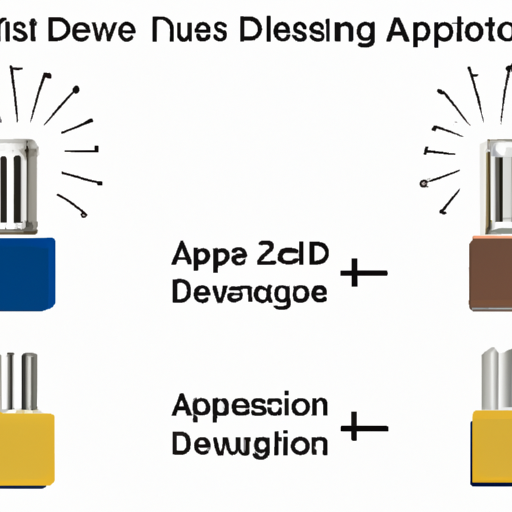
Application Development in Fuses for the 2474-26L: Key Technologies and Success StoriesThe 2474-26L fuse represents a specific application within the broader context of fuse technology, which is essential for protecting electrical circuits from overloads and short circuits. The development of applications involving this fuse type leverages several key technologies and methodologies that enhance performance, safety, and reliability. Below, we explore these technologies and highlight some general success stories in the field of fuse application development.
Key Technologies in Fuse Application Development1. Material Science2. Simulation and Modeling3. Microcontroller Integration4. Manufacturing Technologies5. IoT and Connectivity6. Regulatory Compliance1. Automotive Industry2. Renewable Energy3. Consumer Electronics4. Industrial Applications5. Telecommunications Success Stories in Fuse Application DevelopmentWhile specific success stories for the 2474-26L fuse may not be documented, several general examples illustrate the successful application of fuse technology across various industries: ConclusionThe development of fuses like the 2474-26L involves a combination of advanced materials, innovative design practices, and integration with modern technologies. As industries continue to evolve, the role of fuses in ensuring safety and reliability will remain critical. Ongoing advancements in fuse technology will lead to smarter, more efficient solutions that meet the demands of modern electrical systems, enhancing performance across various applications.

Application Development in LED Drivers for CFR-25JB-52-100R: Key Technologies and Success StoriesDeveloping applications for LED drivers, particularly those utilizing components like the CFR-25JB-52-100R resistor, involves a blend of innovative technologies and methodologies. The CFR-25JB-52-100R is a 100-ohm, 1/4 watt, 5% tolerance resistor commonly used in LED driver circuits. Below, we explore key technologies and notable success stories in the realm of LED driver application development.
Key Technologies1. Constant Current Control2. PWM Dimming3. Thermal Management4. Integrated Circuits (ICs)5. Smart Control Systems6. Power Factor Correction (PFC)7. Digital Control1. Smart City Lighting2. Retail Lighting Solutions3. Automotive Lighting4. Architectural Lighting5. Energy-Efficient Solutions Success Stories ConclusionThe development of LED drivers, particularly those incorporating components like the CFR-25JB-52-100R resistor, is a dynamic field that leverages various technologies to enhance performance, efficiency, and user experience. The success stories across diverse industries underscore the versatility and potential of LED drivers in modern applications. As technology continues to evolve, we can anticipate even more innovative solutions in the LED lighting sector, driving further advancements in energy efficiency and smart lighting systems.
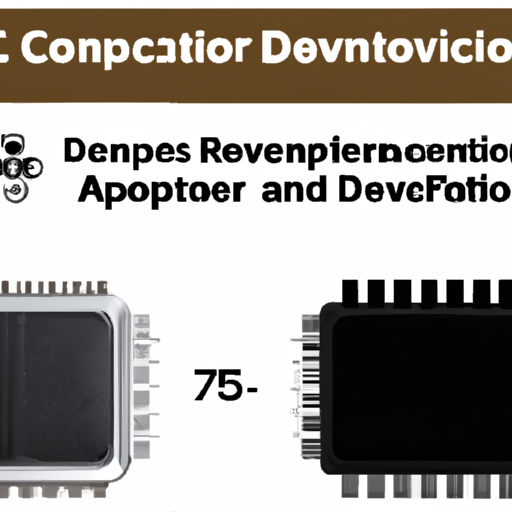
Application Development in AC-DC Converters for CFR-50JB-52-100R: Key Technologies and Success StoriesAC-DC converters are pivotal in converting alternating current (AC) to direct current (DC), serving as essential components in a wide range of applications, from consumer electronics to industrial systems and renewable energy solutions. The CFR-50JB-52-100R is a notable model in this category, showcasing advanced technologies and successful implementations across various sectors.
Key Technologies in AC-DC Converters1. Switching Power Supply Technology2. Digital Control3. Thermal Management4. Modular Design5. Wide Input Voltage Range6. Compact and Lightweight Design1. Consumer Electronics2. Industrial Automation3. Renewable Energy Systems4. Telecommunications5. Medical Devices Success Stories ConclusionThe development and application of AC-DC converters, particularly models like the CFR-50JB-52-100R, are driven by technological advancements and the increasing demand for efficient power solutions across diverse industries. Success stories in consumer electronics, industrial automation, renewable energy, telecommunications, and medical devices underscore the versatility and significance of these converters in modern applications. As technology continues to advance, we can anticipate further innovations that will enhance the performance, efficiency, and capabilities of AC-DC converters, paving the way for new applications and improved energy management solutions.
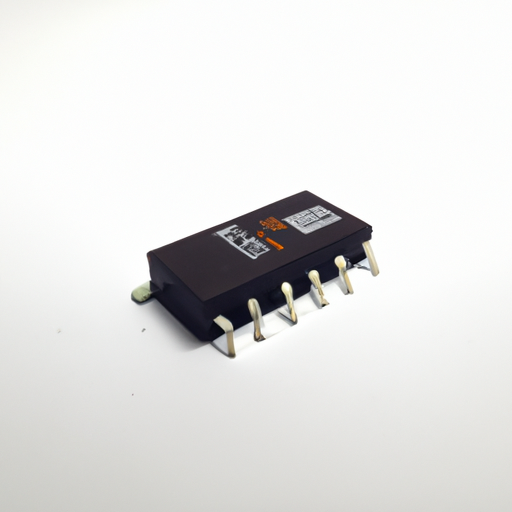
SPL40-1005 DC-DC Converters: Core Functional Technology and Application Development Cases Overview of DC-DC Converters
DC-DC converters are pivotal in modern electronic systems, facilitating the conversion of one DC voltage level to another. They find extensive use in applications such as power supplies for consumer electronics, telecommunications, automotive systems, and renewable energy systems. The SPL40-1005 series of DC-DC converters is engineered to deliver efficient, reliable, and compact power conversion solutions. Core Functional Technology1. Topology2. Efficiency3. Regulation4. Isolation5. Control Methods6. Thermal Management1. Consumer Electronics2. Telecommunications3. Automotive Applications4. Industrial Automation5. Renewable Energy Systems6. Medical Devices Application Development Cases Conclusion
The SPL40-1005 DC-DC converters signify a substantial advancement in power conversion technology, offering high efficiency, reliability, and versatility across a broad spectrum of applications. Their capability to meet the demands of contemporary electronic systems renders them an invaluable component across various industries, from consumer electronics to renewable energy. As technology continues to progress, the importance of DC-DC converters will only grow, facilitating efficient power management solutions in an increasingly electrified world.

Overview of AC-DC Desktop and Wall Power AdaptersAC-DC power adapters are critical components in the landscape of modern electronics, serving the vital function of converting alternating current (AC) from wall outlets into direct current (DC) that powers a multitude of devices. The MAP130-4000 series of AC-DC desktop and wall power adapters exemplifies the latest advancements in power supply technology, emphasizing efficiency, compact design, and versatility.
Core Functional Technologies1. Switching Power Supply Technology2. Universal Input Voltage Range3. Compact Design4. Safety and Compliance5. Thermal Management1. Consumer Electronics2. IoT Devices3. Medical Equipment4. Industrial Applications5. LED Lighting Application Development Cases ConclusionThe MAP130-4000 AC-DC desktop and wall power adapters represent a significant advancement in power supply technology, combining efficiency, safety, and compact design. Their versatility makes them suitable for a wide range of applications, from consumer electronics to industrial and medical devices. As technology continues to evolve, these adapters will play a crucial role in powering the next generation of electronic devices, supporting innovation and enhancing user experiences across various sectors.

Application Development in Rotary Potentiometers and Rheostats: CFR-25JB-52-1R8Rotary potentiometers and rheostats, such as the CFR-25JB-52-1R8, play a pivotal role in a wide range of applications, from audio equipment to industrial controls and consumer electronics. This overview highlights key technologies and success stories that illustrate the impact of these components in various fields.
Key Technologies1. Precision Resistance Technology2. Durability and Reliability3. Digital Integration4. Multi-turn and Single-turn Designs5. Tactile Feedback6. Miniaturization1. Audio Equipment2. Industrial Automation3. Consumer Electronics4. Medical Devices5. Automotive Applications Success Stories ConclusionThe CFR-25JB-52-1R8 rotary potentiometer exemplifies the advancements in potentiometer technology, offering precision, durability, and versatility across various applications. Its successful integration into audio equipment, industrial automation, consumer electronics, medical devices, and automotive systems underscores its significance in modern technology. As applications continue to evolve, the role of rotary potentiometers and rheostats will remain critical in providing reliable and user-friendly interfaces, driving innovation across multiple industries.
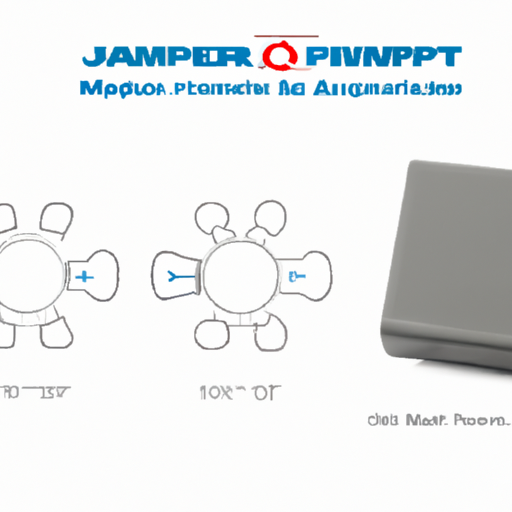
Application Development in Joystick Potentiometers for CFR-50JB-52-1M8: Key Technologies and Success StoriesJoystick potentiometers, such as the CFR-50JB-52-1M8, play a crucial role in various applications by providing precise control and feedback mechanisms. This document outlines the key technologies associated with joystick potentiometers and highlights notable success stories that demonstrate their impact across different industries.
Key Technologies1. Analog Signal Processing2. User Interface Design3. Wireless Communication4. Embedded Systems5. Haptic Feedback6. Calibration and Sensitivity Adjustment1. Gaming Controllers2. Robotics3. Drones and UAVs4. Industrial Automation5. Assistive Technology6. Simulation and Training Success Stories ConclusionThe CFR-50JB-52-1M8 joystick potentiometer exemplifies the versatility and effectiveness of joystick technology across various applications. By leveraging advancements in signal processing, user interface design, and embedded systems, developers can create innovative solutions that enhance user experience and operational efficiency. The success stories across gaming, robotics, drones, industrial automation, assistive technology, and simulation underscore the significant impact of joystick potentiometers in modern technology, paving the way for future innovations.
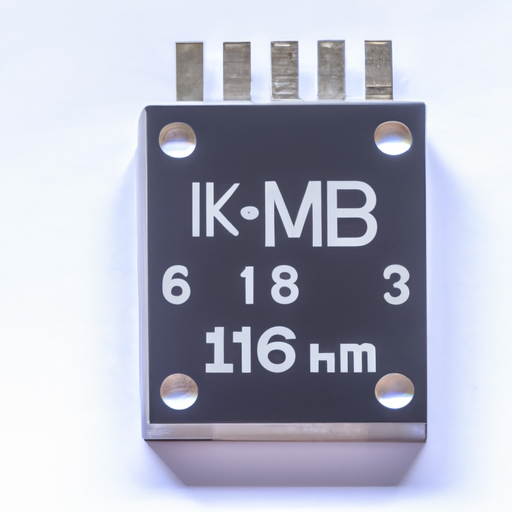
Value Display Potentiometers: Core Functional Technologies and Application Development CasesValue Display Potentiometers, such as the CFR-25JB-52-1K8, are innovative components that merge traditional potentiometer functionality with digital display technology. This combination provides real-time feedback on resistance values, making them invaluable in applications requiring precise adjustments. Below, we explore the core functional technologies and application development cases that underscore the effectiveness of Value Display Potentiometers.
Core Functional Technologies1. Digital Readout2. Precision Control3. User-Friendly Interface4. Durability and Reliability5. Integration with Microcontrollers1. Audio Equipment2. Laboratory Instruments3. Industrial Automation4. Medical Devices5. Consumer Electronics6. Robotics Application Development Cases ConclusionValue Display Potentiometers, exemplified by the CFR-25JB-52-1K8, represent a significant advancement in electronic components. Their integration of precision, user-friendly interfaces, and robust design makes them suitable for a diverse array of applications, from consumer electronics to industrial automation. As technology continues to evolve, the adoption of these potentiometers in new systems is expected to grow, further enhancing their utility and effectiveness across various fields. The ongoing development and refinement of Value Display Potentiometers will likely lead to even more innovative applications, solidifying their role as essential components in modern electronic design.
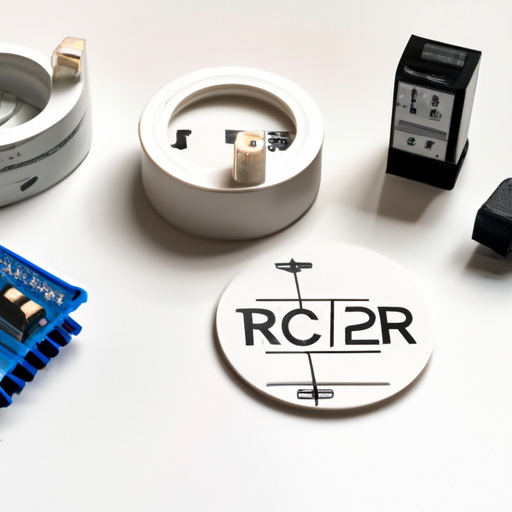
Application Development in Trimmer Potentiometers for CFR-50JB-52-1K8: Key Technologies and Success StoriesTrimmer potentiometers, such as the CFR-50JB-52-1K8, are essential components in modern electronics, offering adjustable resistance in a compact form factor. Their ability to provide fine-tuning capabilities makes them invaluable in various applications, including calibration, signal processing, and feedback systems. Below, we explore key technologies that enhance their functionality and highlight success stories that demonstrate their impact across different industries.
Key Technologies1. Precision Adjustment Mechanisms2. Material Science Innovations3. Integration with Automation and Robotics4. Digital Potentiometer Technology5. Miniaturization Techniques6. Environmental Resistance Features1. Consumer Electronics2. Medical Devices3. Automotive Applications4. Industrial Automation5. Telecommunications Success Stories ConclusionThe CFR-50JB-52-1K8 trimmer potentiometer exemplifies the versatility and reliability of trimmer potentiometers across various applications. With ongoing advancements in technology and materials, these components will continue to play a vital role in the development of innovative electronic devices across multiple industries. As applications become increasingly complex, the demand for precise and reliable adjustment mechanisms will only grow, ensuring the continued relevance and importance of trimmer potentiometers in the future.


lang_service_time
lang_select_kefu
xinyuan473@gmail.com












